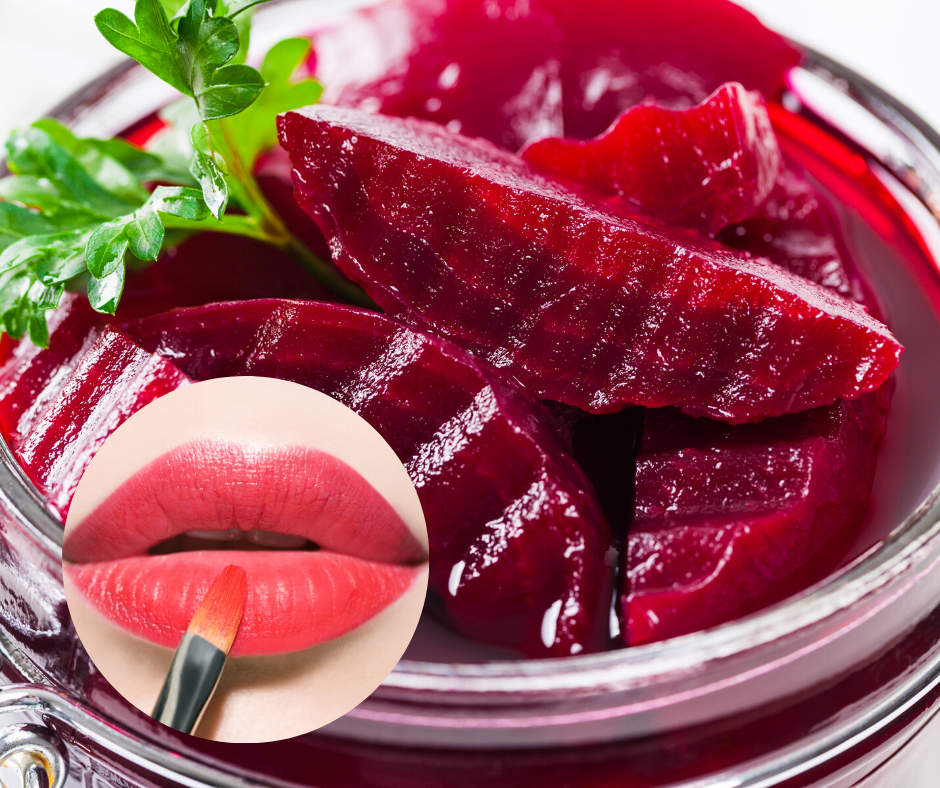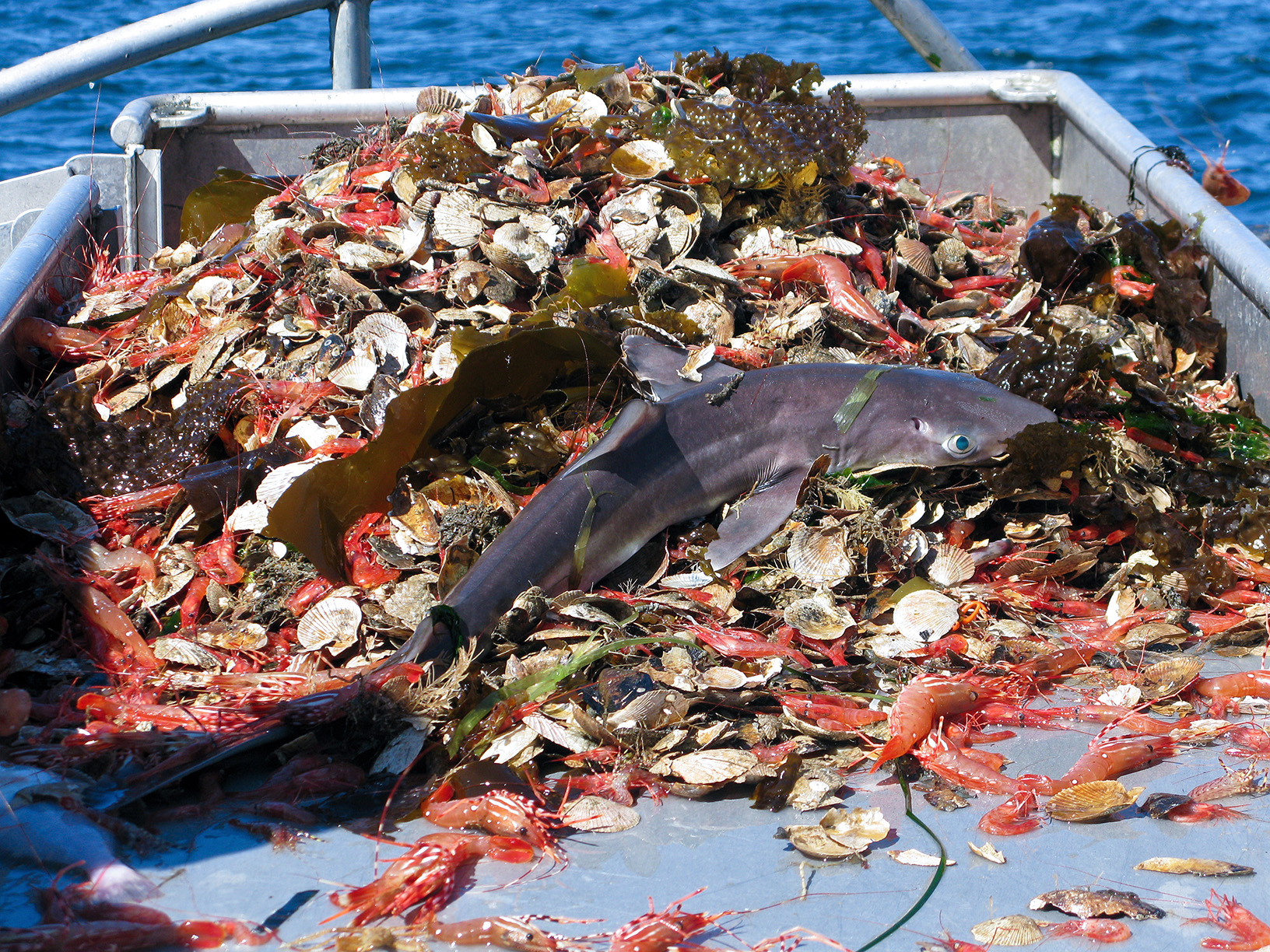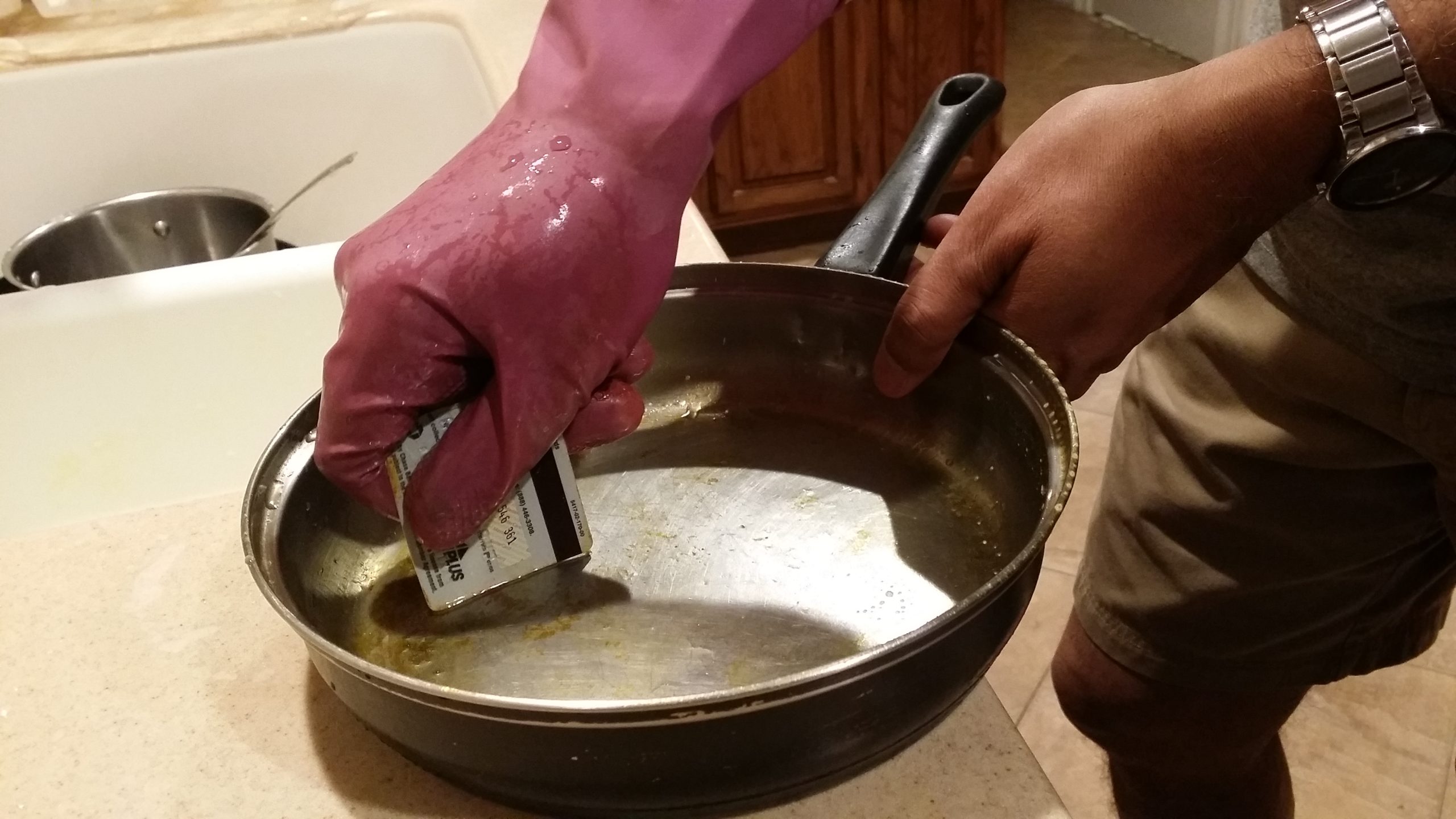I just discovered something!
Something infectious! No, not COVID-19.
In fact, it’s a figurative infection. In fact, a terrific one.
It’s about living chemical-free.
When you talk out loud about your beet-juice lipstick you made last weekend, people around you stop in their tracks and look at you.

Not because you’re crazy. Deep inside, there’s admiration. They gravitate to you, and boom, they take a little bit of it home.
In the beginning, of course, they may be tempted to think you’re strange. Someone daring to show your “true colors” for a change.
Except for the beet juice lip gloss, your gray hair, the real skin tone can be slightly embarrassing at first. Not knowing how to interpret those stares and sometimes silence can be difficult.
Very soon you’ll realize those stares were more from admiration. Those silences were mostly hesitation to ask curious questions right away.
Doesn’t sound very convincing yet. Hmm… let’s try this.
Tell me if you can close your eyes and remember the science lab in your elementary school.
The lab where your jaw dropped each time your eyes saw the specimens of exotic species in clear sealed jars.
Some of you may have seen strange creatures floating in a straw-colored fluid in some village fairs around the world. And not to forget the strange smell that hung in the chemical labs that added to the somber, sinister mood of those rooms.
Now, if I were to tell you that most of the things in your house are infused with that straw-colored fluid, how would you feel?
Yes, it’s true, unfortunately. Starting from the floor to the furnishings, the walls and the decors that adorn those walls all contain the same chemical that preserves the exotic creatures in bottles.
Does that give you the goosebumps?
If you nod a YES, I am with you in it.
In fact, I have had my long sessions of goosebumps. All for a good reason, I tell myself. This feeling actually taught me to go for products that are free of the chemical—well-known and equally dreaded—formaldehyde.
Going back again to the morbidity of things, if you have been to a funeral lately, you may have admired the beauty of the demised person.
The corpse looks like the best dressed peaceful person you knew so well. And he’s in a deep sleep. You almost envy their peace for a moment. As a child, I wondered how someone could look so “real” and so not-dead three days after passing.
Well, to be honest, I wondered even as an adult until I came to know of the entire embalming process. It is actually quite a decomposition-defying trick – starting with draining out blood from the veins and filling them with tissue-preserving formaldehyde.
It is such a toxic chemical that even the dead tissues are afraid of and under its watchful eyes the cells behave their best through the ceremony. Once buried or cremated, the formaldehyde is set free to dwell in the soil or escape into the air to pollute and invade your personal space at a later date.
Let’s leave the dead alone and return to our personal lives.
Living in urban dwellings, we have filled up every nook and corner with things of utility or with items of visual appeal. Have you wondered if these products, too, have been mummified by formaldehyde?
Now, I am not being the bad friend trying to scare the daylight out of your skin. Instead, I promise to be the life-saving friend who chose to share a truth that better be told.
While you work toward a better life for yourself the truth is most products in the market are using formaldehyde. Since formaldehyde is a gas, it keeps off-gassing from the items for several months. So, unknowingly, we have invited the Trojan horse of formaldehyde into our homes.
Formaldehyde is used in furniture, upholstery, particle board items, home cleaning products, cosmetics and toiletries, mattresses and pillows (Imagine spending hours each day smothered around pillows!), decors, apparels and believe it or not, even in foods and children’s products.
You may definitely want to know why formaldehyde is bad for us and the reasons why it is so widely used in manufacturing pretty much everything. Good questions. Let us first delve into the health aspect of formaldehyde. Here’s a list of things that can happen due to the short-term use of this chemical:
- Itching and irritation on the skin and in the delicate linings of eyes and nose.
- It can cause allergies (wheezing and coughing), hence, a common allergen to be tested during allergy testing.
- It can also cause nausea and persistent headaches.
- For long term exposure, it was suspected since 1987 by EPA and formaldehyde could be causing cancer. This suspicion has been proved to be true.
Not only in household cleaners, dangerous chemicals lurk in cosmetics promising to make us look our best selves. We use soaps, shampoos, lotions, deodorants, and the entire range of colorful makeup for the facial skin, eyes, hair and nails.
Giving them up would need a complete change of mindset, to accept ourselves as beautiful even without them. But that’s quite a long haul. So, the rote defense against cosmetics is the tiny portion of the common formaldehyde releasers like quaternium-15 and DMDM hydantoin are within acceptable limits to cause harm. However, even a mild harm inflicted on the human body over decades sums up to be a good deal.
Not only that, tiny particles stay suspended in indoor air for days. Measured in microns, they are too tiny to see or even smell. But these particles can penetrate the skin and damage organs, often in an irreversible way. Especially for young children, it can be harmful since their brain doesn’t have a protective barrier to prevent absorption from the circulating blood. Young girls often develop damaged reproductive organs which can lead to defective pregnancies.
Largely people are not aware of these potential damages. It’s also debatable if they would pay due heed to these warnings since there are rarely any cosmetics without the chemicals, and passing up the scope of looking good doesn’t come easy.
By 2011, the National Toxicology Program of USA declared formaldehyde as a known human carcinogen in its 12th Report on Carcinogens. The International Agency for Research on Cancer (IARC) also classified formaldehyde as a human carcinogen.
These are enough reasons for us to start looking for ways to avoid it, right?
If it is so harmful, isn’t it a surprise that manufacturers do not bat an eyelid about using it in their production process. Besides the lure of profit, the manufacturers substantiate the usage by arguing that a small percentage of usage does not really endanger a person’s health. For a short period of time, this argument holds true, besides the temporary eye and skin irritation and nausea, it may not leave an indelible mark on the person.
But, most of us are constantly exposed to it, coming from multiple sources. Therein lies the problem. Exposed even in negligible quantities over a long period of time, let’s say a few decades, can cause diseases like cancer.
Why is formaldehyde so indispensable in the manufacturing of things? Let’s take a quick look:
- It is used in the making of a urea-based resin in the furniture/décor making process.
- It increases the shelf-life of cosmetics and food items.
- Formaldehyde is used as a disinfectant and a biocide agent in household products. Before people were aware of its adverse effects, formaldehyde was used to pasteurize milk bottles!
If you are quite convinced about the ill effects of formaldehyde, you may want to start buying products that do not contain it. First, let me tell you that it’s not easy. You have to do your homework and quite a bit of legwork. As it turns out, you will also have to do some eye work to read the fine print on the ingredients list.
I am quoting the American Cancer Society here. They ask you to check the labels for the following ingredients:
- Formalin
- Formic aldehyde
- Methanediol
- Methanal
- Methyl aldehyde
- Methylene glycol
- Methylene oxide
As if that wasn’t enough. Before you’ve finished pronouncing those multisyllable concoctions, there’s already more walking in behind them. In all the things we use at home, things that didn’t grow on trees, had some or the other kind of preservative to keep it from going bad. Be they food, be they plain utility stuff. There gotta be quite a few nasty chemicals qualifying to be those preservatives, pretending to protect your stuff while stealth attacking your health.
Let’s look into those preservative team that consistently release formaldehyde, such as:
- Benzylhemiformal
- 2-bromo-2-nitropropane-1,3-diol
- 5-bromo-5-nitro-1,3-dioxane
- Diazolidinyl urea
- 1,3-dimethylol-5,5-dimethylhydantoin (or DMDM hydantoin)
- Imidazolidinyl urea
- Sodium hydroxymethylglycinate
- Quaternium-15
Even with all these scary messages with words we can barely pronounce, there is hope. Many organizations are working hard to raise awareness which leads to the rise in the demand of formaldehyde-free products.
That market is growing too! I am switching to greener products for all my indoor and outdoor use.
The possibilities are endless and we, as consumers, can get quite creative to have a wide spectrum of choices.
For more research on your own, explore the authentic sites in Google like EPA, National Cancer Institute, Agency for Toxic Substances and Disease Registry and various research journals of renowned universities around the world.
Empowering yourself with the right knowledge is the best gift you can give to yourself and your family. May you all be well! If you think this blog post has helped you, in getting the ball rolling towards a formaldehyde-free lifestyle, please pass along to your friends by sharing this post.
Going low on the cosmetics that use volatile organic compounds is a winner. And you don’t have to be a lack-luster, dull skin, petrified zombie out of its suit. You simply switch to the VOC-free or low-VOC options that are growing every single day.
If you’re cool and open to experiments, your kitchen can be your best cosmetology lab churning out tooth pastes to deodorants. Even soaps from left-over scrap soaps. And lip balms with natural exfoliants. Quite addictive, these experiments are. If you find your tribe in the green cosmetics Facebook groups, all the better.
Same for house cleaners. First the stares, then the shares. People need to see the alternatives work just as good. They place their trust on these new products only when the people they believe in are modeling it for them. So, each one of us can be the leader in upholding natural cleaners and cosmetics, demonstrating without hesitation, motivating on social media platform without the fear of judgement.
Ok, so, let me get this straight. Those who are staring at your vinegar and essential oil spray are actually too stunned yet eager to come forward and ask for the recipe? I have firsthand experience. This gives me COURAGE, and HOPE and FAITH to continue on this path. And I continue to teach newbies to take that very first step away from the chemical-douzed lifestyle.
Want to join me in the game? Stay tuned…






0 Comments